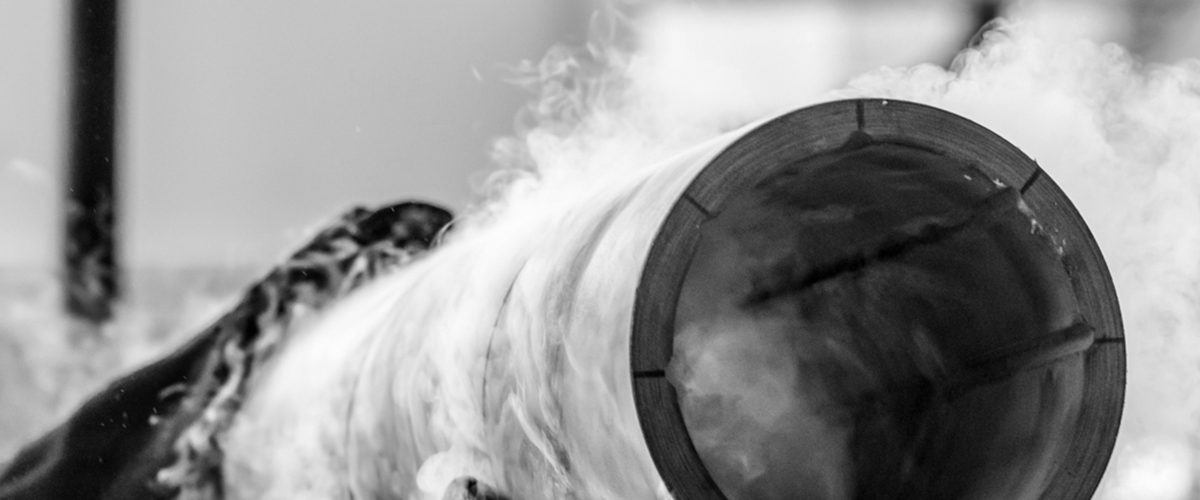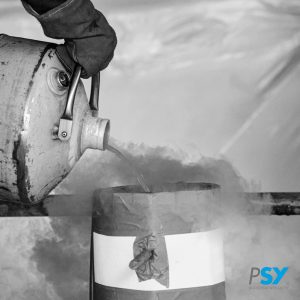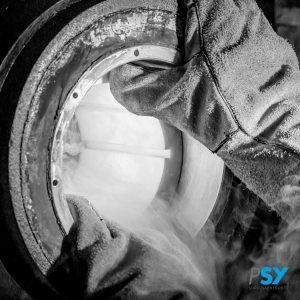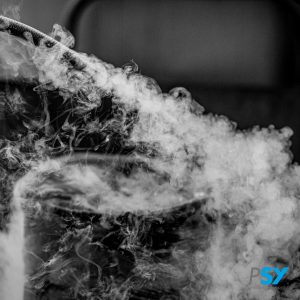At times, some materials and tools used for ship refitting and repairing may seem rather odd and peculiar. This is the case of liquid nitrogen.
Originally introduced by NASA and continuously perfected then since, cryogenic treatment obtained with liquid nitrogen uses extremely low temperatures to treat and strengthen metals, especially steel and cast iron in order to increase their surface hardness, wear resistance and toughness.
However, this is not the only beneficial effect of liquid nitrogen on metalworking.
Exploiting changes in the volume of materials when exposed to different temperatures, we use liquid nitrogen to cool internal elements before their assembly.
The advantages of cryogenic shrinking – as this technique is called- are particularly evident where shafts, collars and similar components are coupled with relatively large housings.
Indeed, as well as providing greater resistance compared to a pressure coupling, in most cases cryogenic shrinking leaves the structure of the material and the geometry of the components unaffected.
Considering also that cold-keyed elements do not form oxidation layers, and that this quick and straightforward assembly technique can be applied on site at a fair price, you may appreciate why such assembly practice finds wide application at our Palumbo SY Refit facility in Marseille…as well as providing quite a sight to behold, like in these pictures catching the cryogenic shrinking of bushings prior to fitting them in the stern tube.
photo credit Sigrun Sauerzapfe aka Siggi









